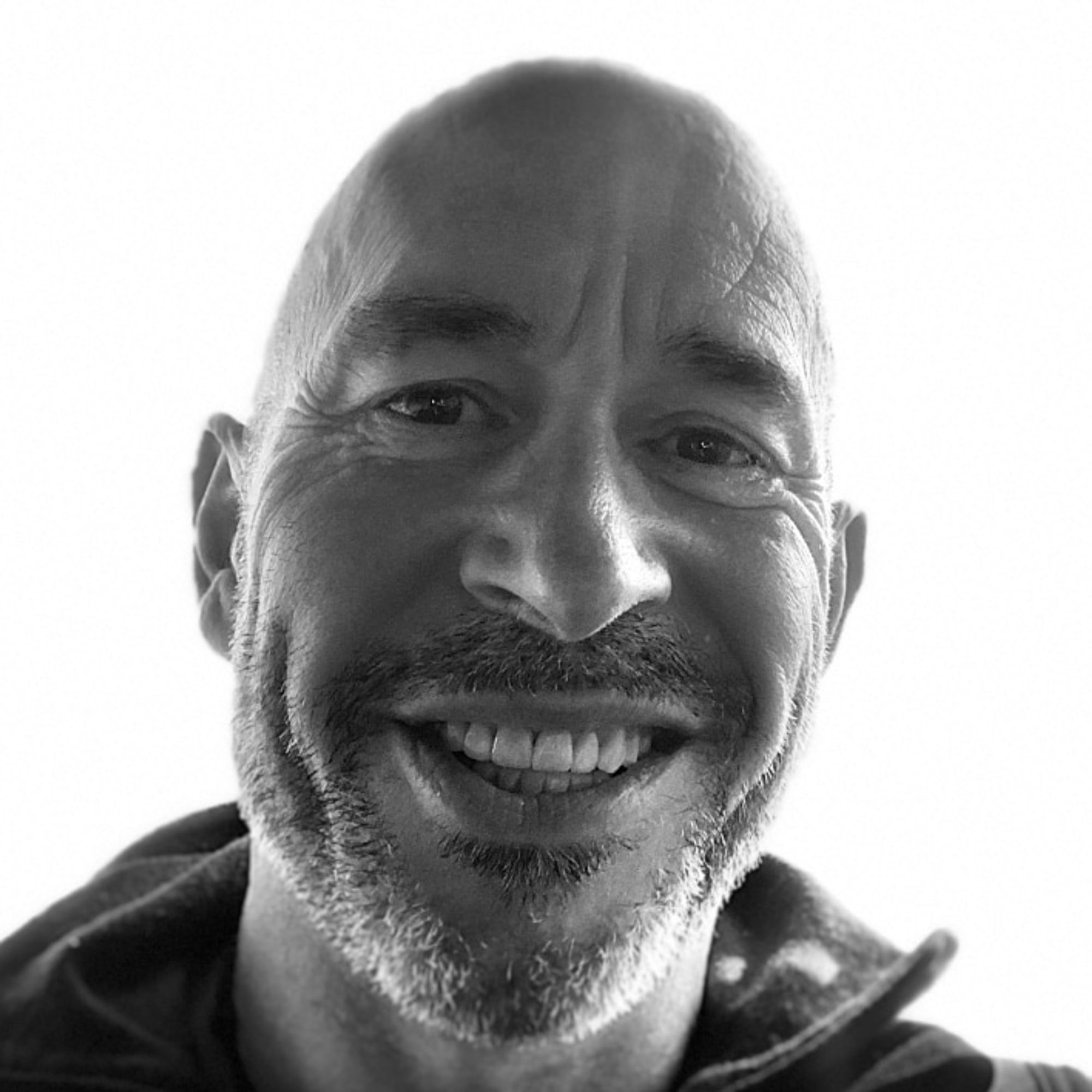Tags
Ready to Publish
Ready to Publish
Publish Date
Jun 28, 2021
Slug
holon
Excerpt
Related Posts
Featured
Featured
External Link
Extra Info
Status
Scheduled
:Source URL
bear://x-callback-url/open-note?id=31600031-2A61-479A-BDC9-13564DF82E23-6620-000004AE74F7F831
:Priority
Authors
Inbox
• only do holons exist in the obvious domain of being but also in the not as obvious domain of becoming wherein the MPo is the whole and the actions are the realising parts
• this says for physics: is realisation the same as causation to the extent that the mechanisms of interdependency include a combination of the pull of the whole and the push of the part
Introduction
I gleam that the intersection of systematics and holonics & cybernetics incl control theory & Dewey's situation is a space in which new truths lie that I might bring to the world
Triholon
- This is the term that I give to a set of 3 holons that are structured in relation to one another according to The law of three
- ::I call a nested hierarchy (holarchy) of 3 holons a "triholon":: (or triholune" or "triholarchy" or "triholarch”)
- A triholon is the smallest possible unit of life
- ::each holon in a triholon holarchy has a as specific role::
- The role of the uppermost holon is setting direction and coordination (meaning and value)
I wonder if this is another possible term reference for the The 6 capabilities
Relationship to triads & George Gurdjieff
- Holons are fundamentally triadic in structure
- the Master Whole
- The Grunting parts
- The reconciling Self
- To the extent that the holon is a fundamental fractal pattern of Life then life itself is fundamentally triadic
- Gurdjieff’s notion of Reciprocal maintenance is his attempt to explain the interdependent relationship and roles of each triadic element
Articles
Notes from my 1990’s Learning Journal
There are 2 types of part/whole relationships: object-oriented & process-oriented. Heylighen calls these ‘structural’ & ‘functional’ types respectively; Pirsig calls them ‘static’ & ‘dynamic’. We might also call them ‘part-of’ & ‘stage-of’ types. Process-ing wholes also imply a notion of control or selection over their process parts. In real life we tend to find hybrids of the 2. For instance it could be argued that a citizen who is part-of a community is often also a stage-of societal goals.
20 tenets of evolution
From Arthur Koestler & An overview of philosopher Ken Wilber’s Twenty Tenets of evolution (from his book Sex, Ecology, Spirituality)
- Reality is not composed of things or processes, but of holons, which are wholes that are simultaneously parts.
- Holons display four fundamental capacities: a. self-preservation (agency) b. self-adaptation (communion) c. self-transcendence d. self-dissolution
- Holons emerge.
- Holons emerge holarchically.
- Each holon transcends and includes its predecessors.
- The lower sets the possibilities of the higher; the higher sets the probabilities of the lower.
- The number of levels which a hierarchy comprises determines whether it is ‘shallow’ or ‘deep;’ and the number of holons on any given level we shall call its ‘span.’
- Each successive level of evolution produces greater depth and less span.
- Destroy any type of holon, and you will destroy all of the holons above it and none of the holons below it.
- Holarchies co-evolve. The micro is always within the macro (all agency is agency in communion).
- The micro is in relational exchange with macro at all levels of its depth.
- Evolution has directionality: a. increasing complexity. b. increasing differentiation/integration. c. increasing organization/structuration. d. increasing relative autonomy. e. increasing telos.

